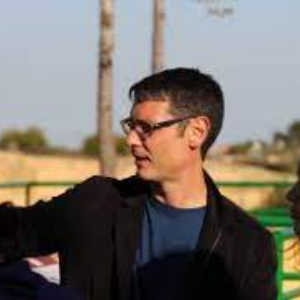Title : Nanomaterials: new trends for preserving architectural heritage materials
Abstract:
Nanomaterials are widely used in biological, medical and engineering applications, but little is known on their use to preserve heritage materials. Architectural materials undergo irreversible deterioration due to chemical, physical and biological processes that occur on a wide variety of substrates, such as stone, lime, plasters or bricks among other materials. The preservation of monuments and heritage materials brings important socio-economic advantages to modern societies and hence, adequate protective measures are necessary to extend their durability. However, the conservation of architectural materials is a challenging goal since building materials are chemically heterogeneous, and they are often exposed to variable conditions in real situations. In this regard, coatings made with nanoparticles (NPs) are original solutions to consolidate, protect and delay deterioration of heritage materials. Indeed, NPs may penetrate through porous substrates, fill external pores and strengthen poorly cemented grains at the surface, thus preventing detachment and peeling events. In addition, minor colour change and coating-substrate similarity are also important requirements of protective treatments (compatibility). In this way, Ca(OH)2 or SiO2 NPs have been proposed to preserve building materials since they are usually rich in carbonates and/or silicon-based minerals like quartz (i.e. chemically similar). This paper analyses the pros and cons of coatings based on NPs as well as new insights aimed at their functionalisation and other chemical strategies. Finally, the performance of NPs coatings is shown for real heritage samples taken from La Alhambra (XIII century), medieval bricks (XII-XIII centuries) and Roman constructions dated at 1-5 B.C.



